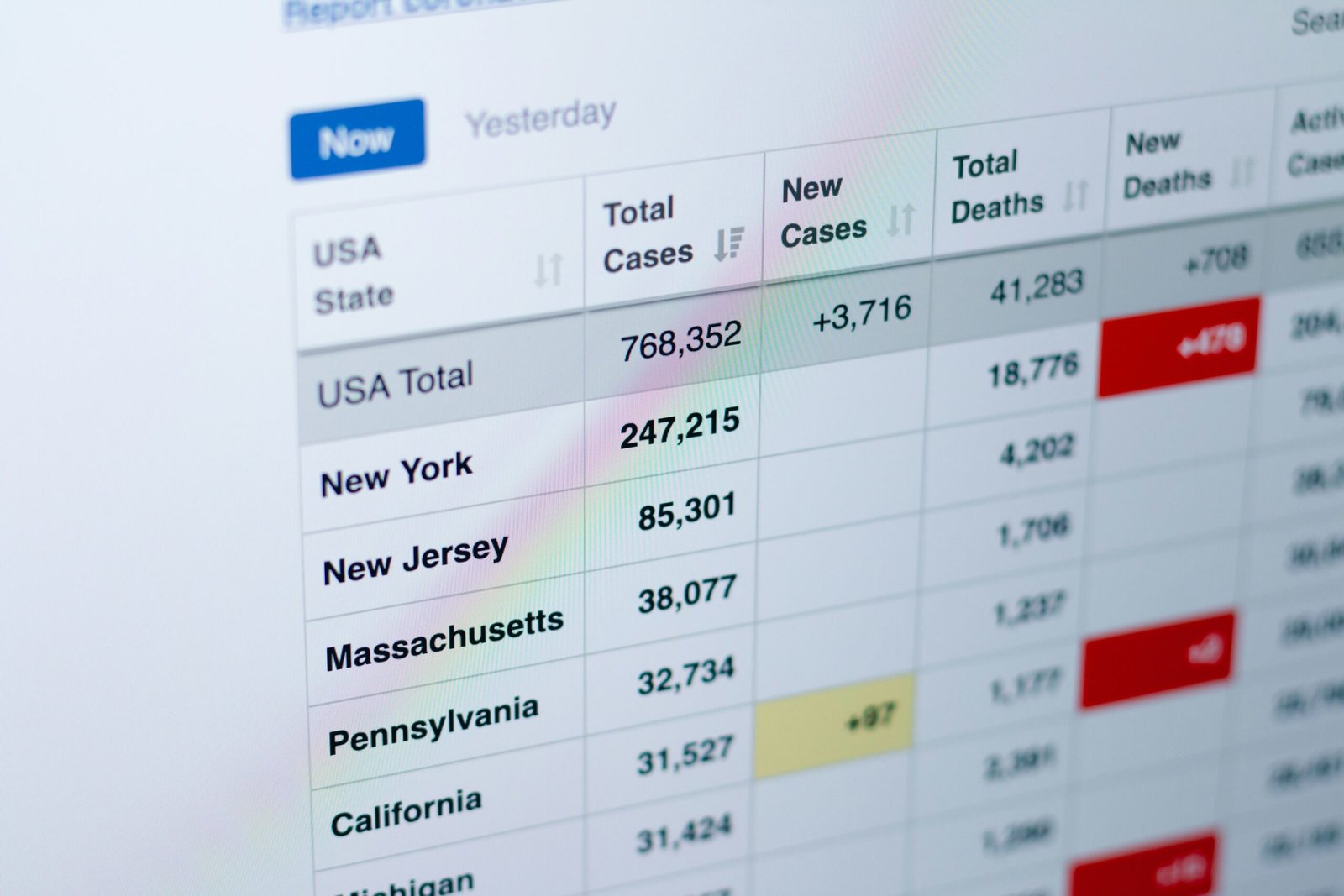Why Did My Car Insurance Go Up
Car insurance rates can feel unpredictable. Maybe you’ve had no accidents, tickets, or claims — yet your car insurance premium still went up. If you’re wondering, “Why did my car insurance go up for no reason?” — you’re not alone.
This guide explains why your premium may increase even when your situation hasn’t changed. We’ll break down how insurers calculate rates, what drives industry-wide hikes, and how you can respond.
Table of Contents
- What Is a Car Insurance Premium?
- Why Rates Increase Even with No Changes
- What Drives Premium Increases?
- How Insurance Companies Assess Risk
- What to Do When Your Premium Increases
- Related Resources
What Is a Car Insurance Premium?
Your car insurance premium is the amount you pay — monthly or annually — to maintain coverage on your vehicle. It protects you from financial losses due to:
- Accidents or collision damage
- Theft or vandalism
- Natural disasters
- Liability for injuries or property damage
Premiums vary by driver, but the general principle is this: the more risk you represent, the more you’ll pay.
Learn more: How insurance companies calculate your premium »
Why Rates Increase Even with No Changes
Even if your personal profile hasn’t changed, there are industry-wide factors that can cause your rate to go up:
- Insurance company losses
- Increased claims in your area
- Rising cost of repairs
- State-mandated coverage changes
These broader trends may trigger a rate increase even if you’re a safe driver with no recent claims.
What Drives Premium Increases?
1. State Law Changes
Some states raise their minimum liability limits or add new coverage requirements, forcing insurers to adjust. For example, a higher required limit for bodily injury liability means insurance companies must pay more in claims — and pass that cost to you.
See: [Your State’s Car Insurance Requirements]
2. More Claims in Your Area
If your region sees a spike in crashes, thefts, or weather-related claims, your ZIP code gets riskier in the eyes of insurers — and rates go up.
Why your ZIP code affects insurance rates »
3. Inflation & Repair Costs
From parts to labor, the cost of fixing vehicles has risen. Insurance companies need to cover those claims, so they raise premiums even if your own vehicle hasn’t changed.
How your car affects your premium »
How Insurance Companies Assess Risk
Insurance companies evaluate many factors to calculate your rate. Even if you haven’t changed, the formulas and risk models they use might have.
- Driving record and history
- Claims history (even old ones)
- Credit score (in most states)
- Vehicle type and safety ratings
- Your location’s crime and accident rates
Insurers may also adjust rates if they’ve had a bad year financially or if their risk pool has changed — something you have no control over.
What to Do When Your Premium Increases
1. Ask Your Insurance Company Why
Start by calling your insurer to request a breakdown of your new premium. It could be due to small changes you didn’t realize, like the removal of a discount.
2. Compare Quotes from Other Companies
Insurers assess risk differently. You may find a better deal by shopping around.
Coming soon: Compare car insurance quotes »
3. Review and Adjust Your Coverage
Make sure you aren’t paying for extras you don’t need. Adjusting your deductible or dropping non-essential add-ons can save money.
Understanding different coverage types
4. Ask About Discounts
Don’t assume you’re getting every discount. Ask about:
- Safe driver or accident-free discounts
- Bundling home and auto
- Low mileage or telematics usage
- Good credit or loyalty programs
Related Resources (Coming Soon)
- All Premium Factors Explained
- How Driving Behavior Impacts Your Rate
- Why Your ZIP Code Affects Car Insurance
- The Role of Vehicle Type in Insurance Costs
Final Takeaway
If your car insurance went up for “no reason,” it’s likely tied to external forces like inflation, area risk, or industry losses. The key is to review, shop, and ask questions. Staying proactive can help you find better rates — or at least understand what you’re paying for.


